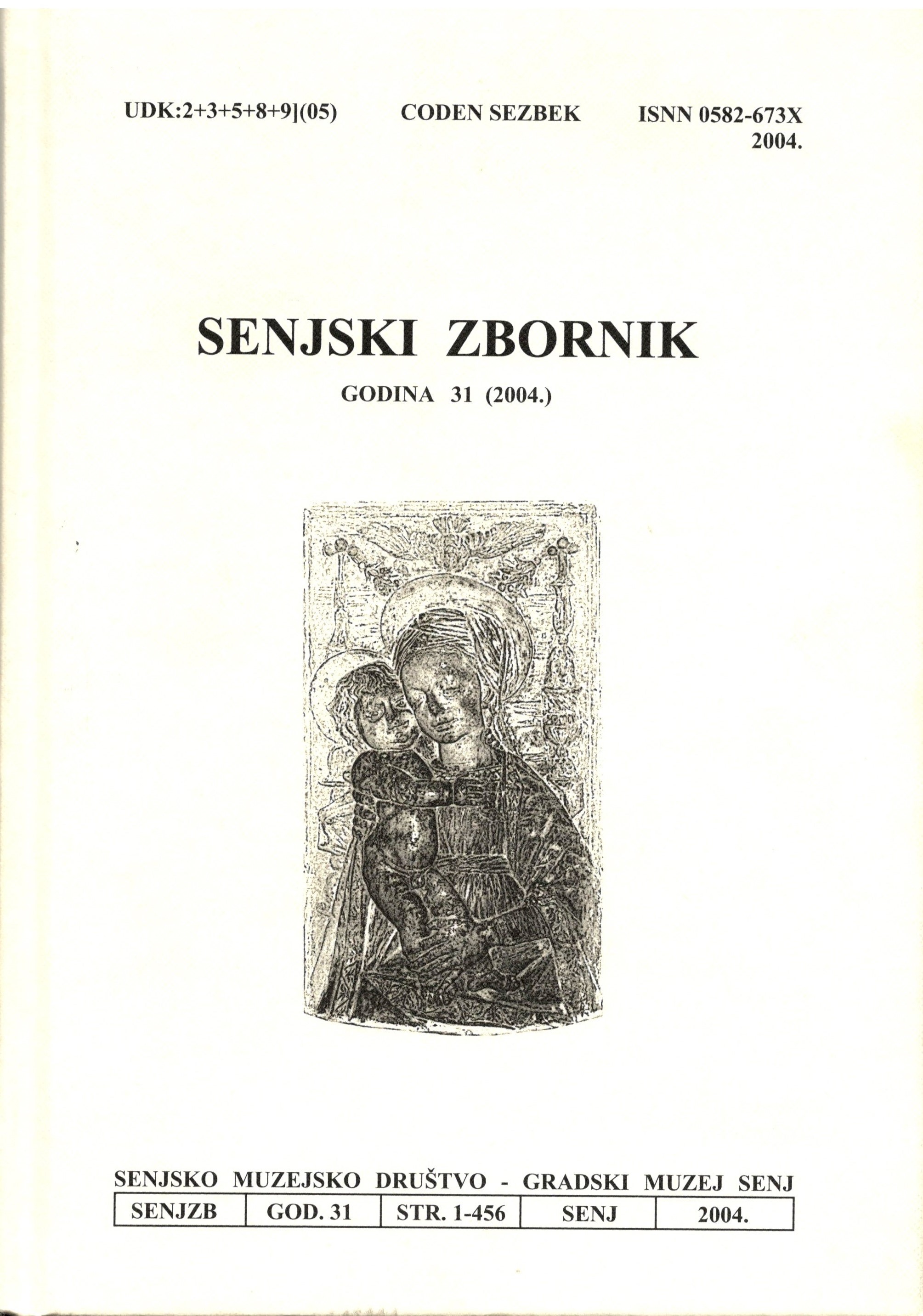Liječenje zmijskog ujeda. Priča kao dio sjećanja zajednice
The Treatments of Snakebites. A Story as a Part of Collective Memory
Author(s): Petra KelemenSubject(s): Customs / Folklore, Cultural Anthropology / Ethnology, Culture and social structure
Published by: Senjsko muzejsko društvo i Gradski muzej Senj
Keywords: treatment; snakebite;
Summary/Abstract: The treatments of snakebites – a story as a part of collective memory’ represents material collected during field work into research about popular medicine amongst the coastal Bunjevci in the region of Krivi Put during 2003 and 2004. The treatment of snakebites which was given by women in this region until the middle of the 20th century showed some very interesting results especially when interviewees started to tell stories on their own initiative. This led us to the conclusion that this kind of treatment is fresh in their memory and that they also consider it to be very important and recognisable element of the community.Stories in a collective memory represent a basic starting point in this work. Therefore the stress was put on the witnessing and the thoughts of the inhabitants of Krivi Put related to the treatments of snakebites. This segment of popular medicine was observed as one of the elements which contributed to the understanding of the complexity of rural society. Secrecy which surrounds these treatment’s procedures as well as some stories from interviewees, gives us a special dimension on this social element.During the field work a lot of data about snakebite treatments was collected as well as about the people who conducted them and it sometimes seemed difficult to represent all the variants received from the interviewees. By generalising all of this data it would lead to a completely wrong conclusion. By schematising segments about the different ways of culture could also bring us to a wrong conclusion about unchangeable and its close social structure. All these received and represented variations tells us that the story is something changeable, living and sometimes unreachable. If we look at all of the sayings as motifs which together create a different human experience, weak memories and village gossip, it can tell us about the story which creates social memory. This work is an intention to represent a part of this memory which, although incomplete and unfinished, shows us a segment of life of the inhabitants of Krivi Put.
Journal: Senjski zbornik - prilozi za geografiju, etnologiju, gospodarstvo, povijest i kulturu
- Issue Year: 31/2004
- Issue No: 1
- Page Range: 213-238
- Page Count: 25
- Language: Croatian

